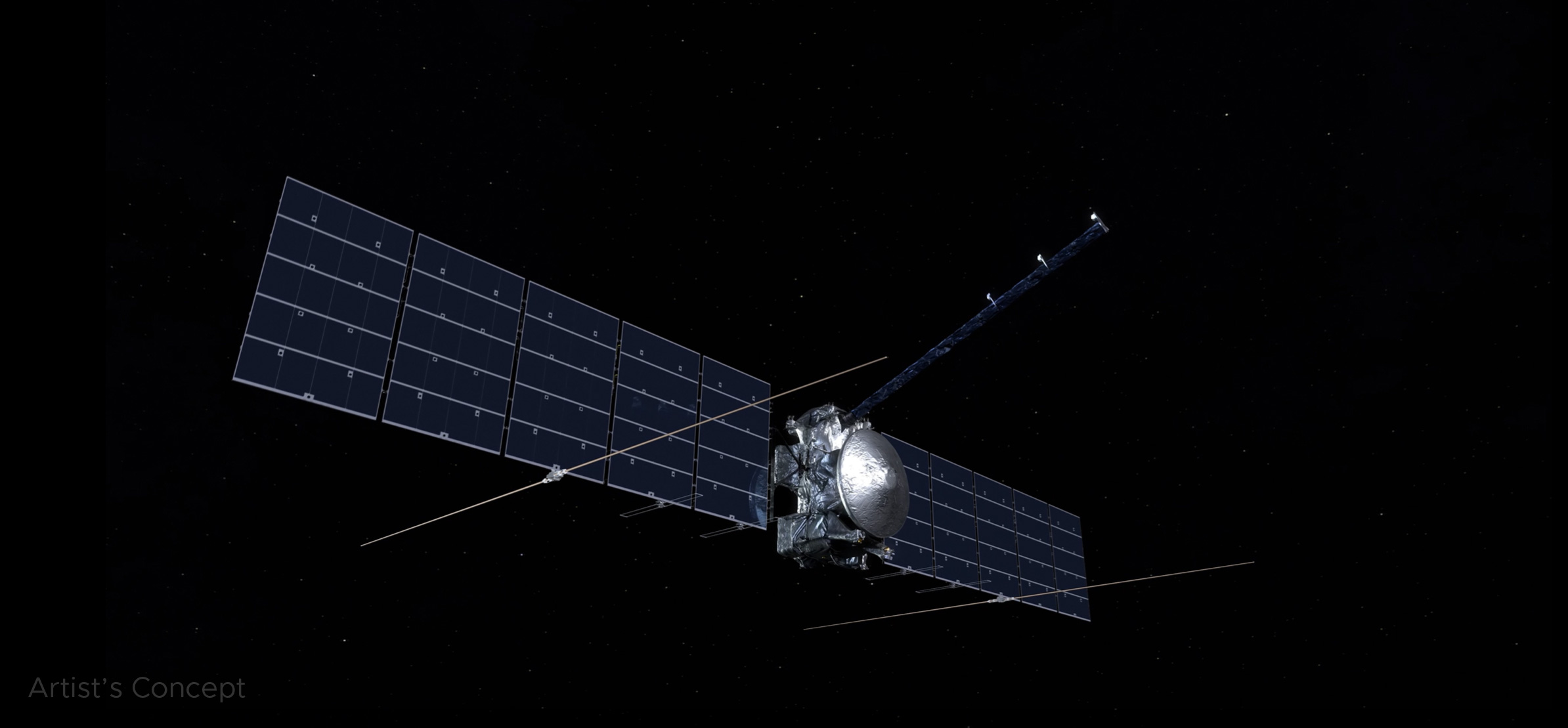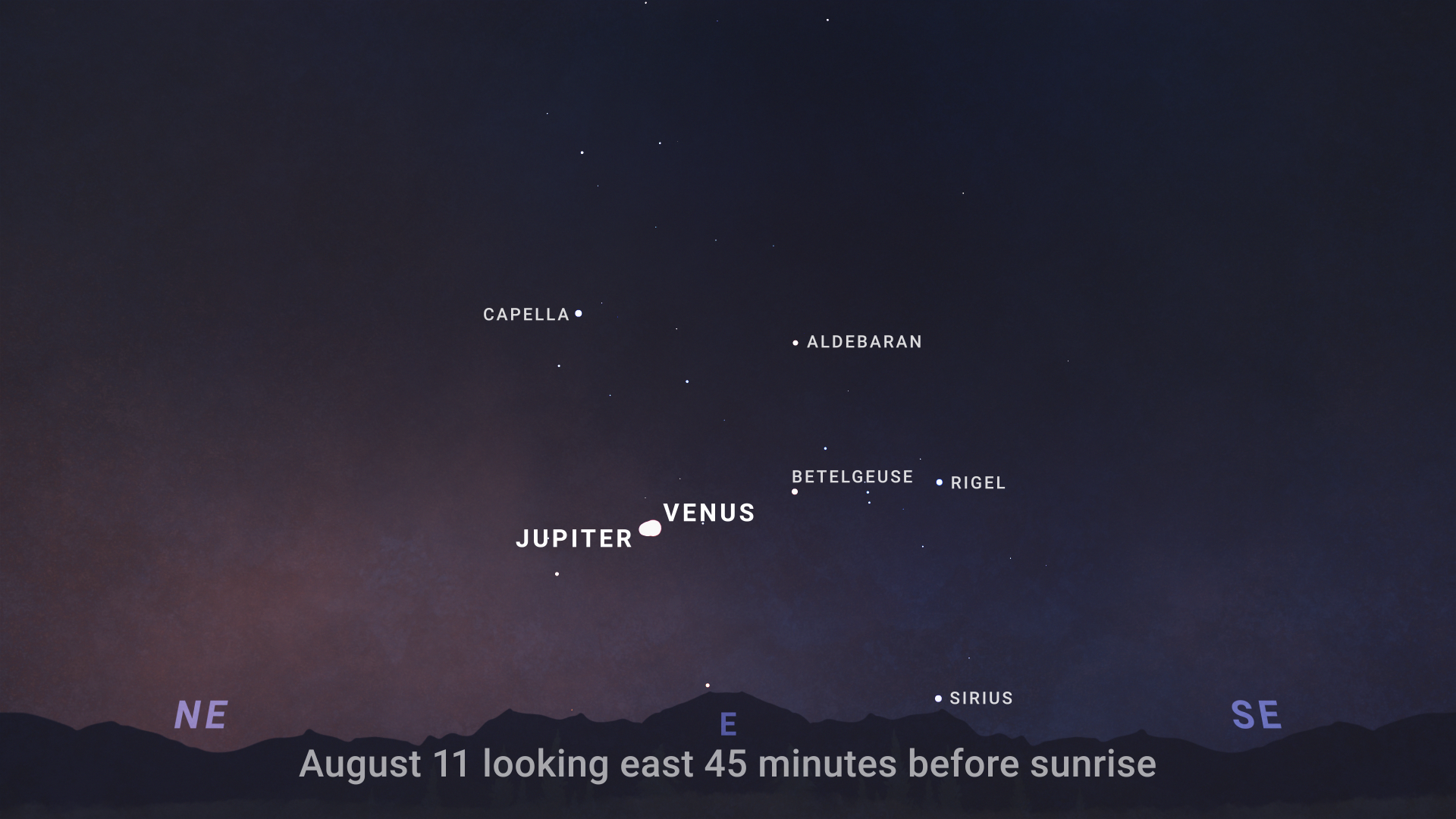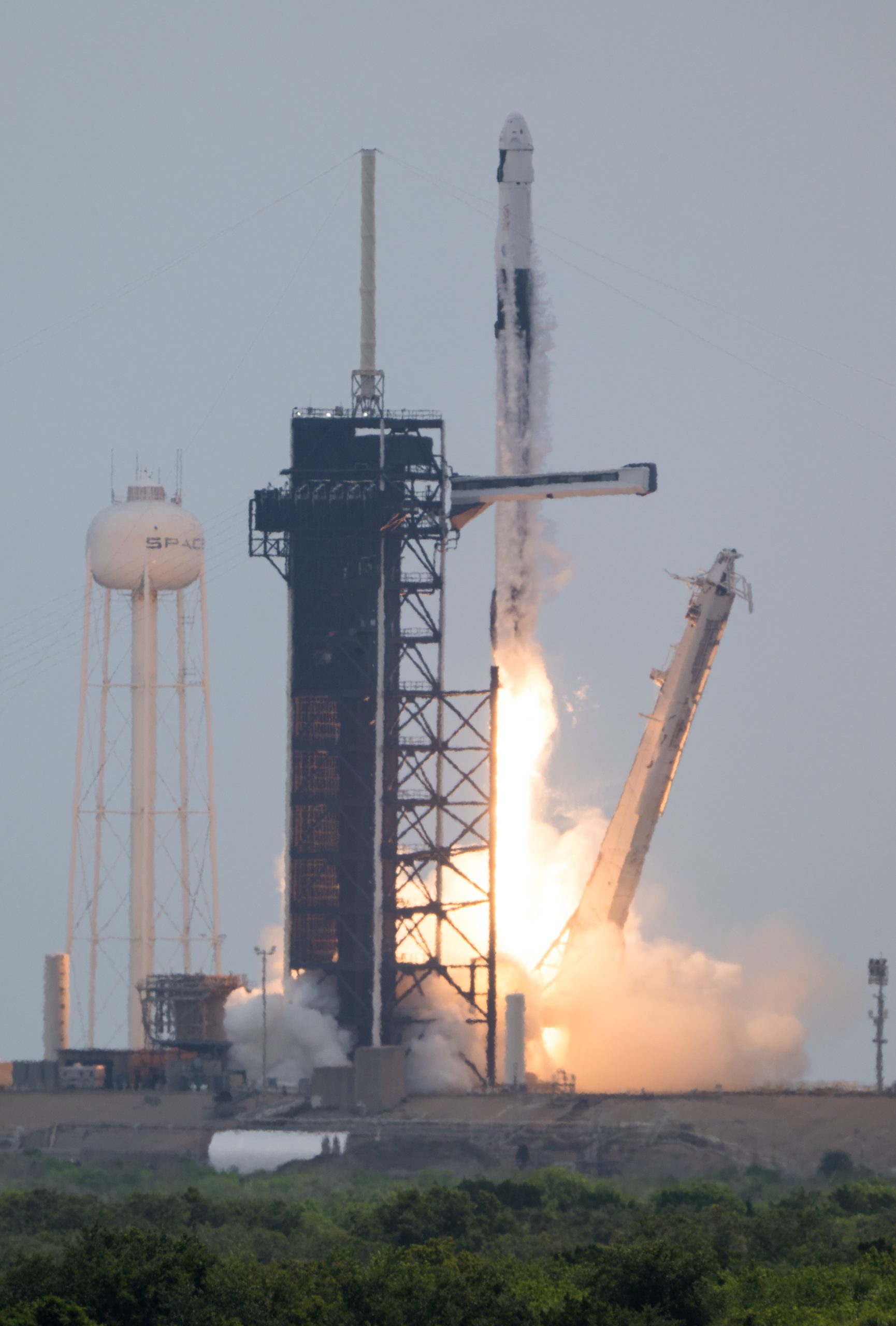Now Reading: NASA’s Europa Clipper Radar Tested Successfully on Mars
-
01
NASA’s Europa Clipper Radar Tested Successfully on Mars
NASA’s Europa Clipper Radar Tested Successfully on Mars

Rapid Summary:
- NASA’s Europa Clipper spacecraft successfully tested its radar instrument, REASON (Radar for Europa Assessment and Sounding: Ocean to Near-surface), during a flyby of Mars in March.
- The radar performed as was to be expected, sending and receiving radio signals over Mars’ equatorial region for 40 minutes, generating detailed data that confirmed its readiness for studying Jupiter’s moon Europa.
- REASON will investigate the icy shell of Europa, perhaps uncovering pockets of water and the subsurface ocean beneath its surface. it can also help study topographical and geological features such as ridges.
- During growth, extensive testing was conducted indoors at the High Bay 1 clean room at JPL due to sterility requirements; however, specific aspects of radar signal bounceback could only be tested during this interplanetary mission.
- Engineers collected 60GB of data from the flyby and began analyzing it mid-May. Early results confirm instrument reliability ahead of operations closer to Europa’s surface – just 16 miles (25 km) compared to Mars’ test altitude starting at around 3,100 miles (5,000 km).
- The spacecraft journey spans approximately 1.8 billion miles with another gravity assist scheduled using Earth in 2026 before reaching Europa for detailed exploration.
- Scientists aim to understand Europa’s potential habitability by investigating its ice thickness/ocean interaction, composition analysis, and geology.
Read More: NASA’s official page on Europan Clipper mission
Indian Opinion Analysis:
The successful testing of NASA’s cutting-edge radar technology is an vital step in understanding alien environments like Jupiter’s moon Europa through interplanetary missions. For India-a growing spacefaring nation-such technological milestones showcase the importance of rigorous engineering combined with strategic planetary tests.It serves as a benchmark about designing missions that achieve multifaceted objectives even before arriving at long-term targets.
India has also expressed interest in exploring distant celestial bodies within our solar system via ISRO programs like Shukrayaan (Venus exploration). Observing how advanced instruments like REASON ensure mission readiness is invaluable knowledge while advancing capabilities in cryosphere research or ocean detection within frozen terrains elsewhere.
This collaborative approach involving partners across U.S.-based institutions highlights global aspirations toward scientific breakthroughs beyond Earth-bound observations-a focus many countries including India are deepening through international partnerships over long-ranging planetary missions.



























